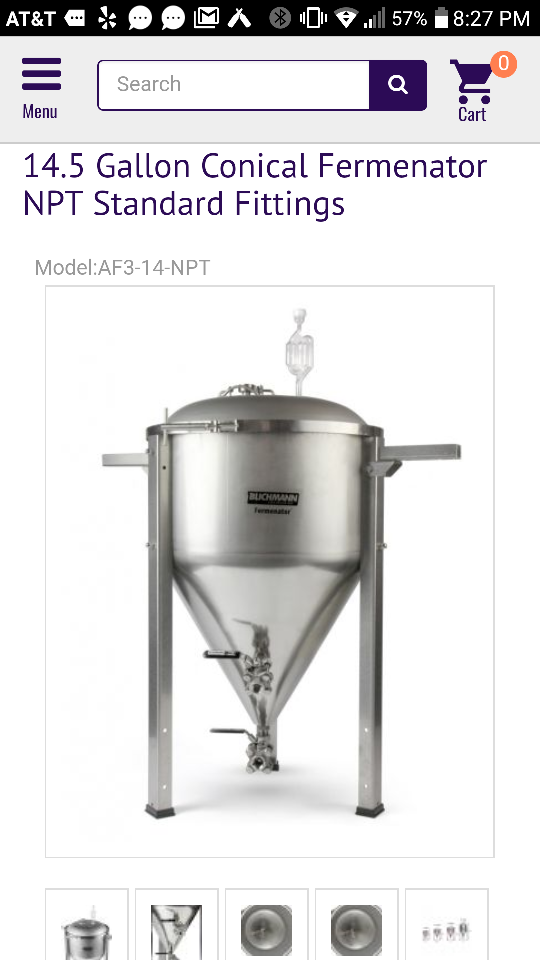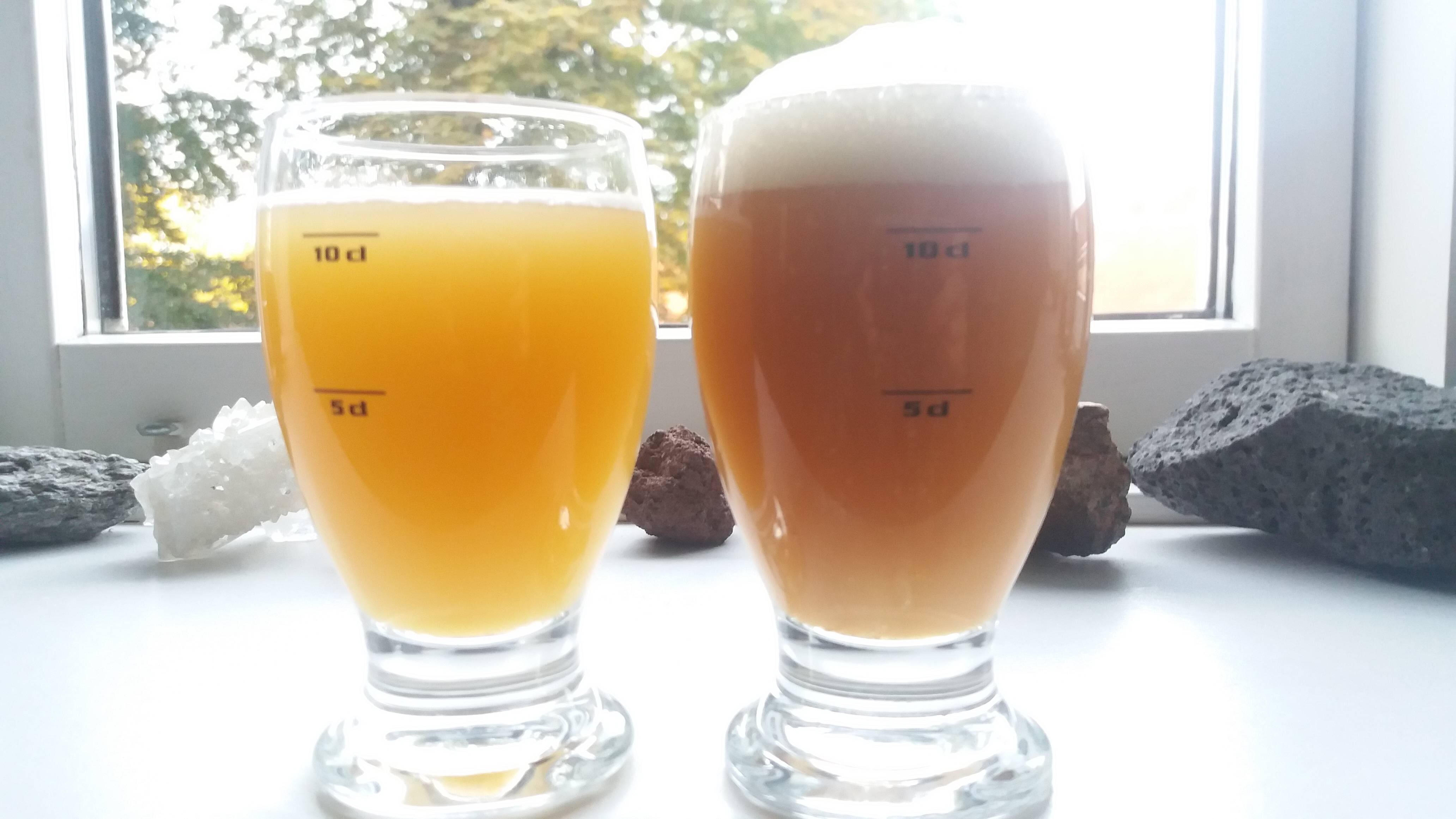Ok, see that idea. A more fundamental question is how do you keep the finished beer from seeing air during the transfer. Probably been answered 100 times here...how about 101?Here is what I do - I fill a keg with water/starsan and put it under pressure and purge the air out of it. I then take that purged keg and run it through my system emptying it into another awaiting keg thus filling that in which I'll purge for a later beer. I don't worry about emptying through a in/out. I just have it pouring off of my tap into the empty keg via a hose.
And, you all do oxygenate the wort after boiling right?

















![Craft A Brew - Safale S-04 Dry Yeast - Fermentis - English Ale Dry Yeast - For English and American Ales and Hard Apple Ciders - Ingredients for Home Brewing - Beer Making Supplies - [1 Pack]](https://m.media-amazon.com/images/I/41fVGNh6JfL._SL500_.jpg)











































